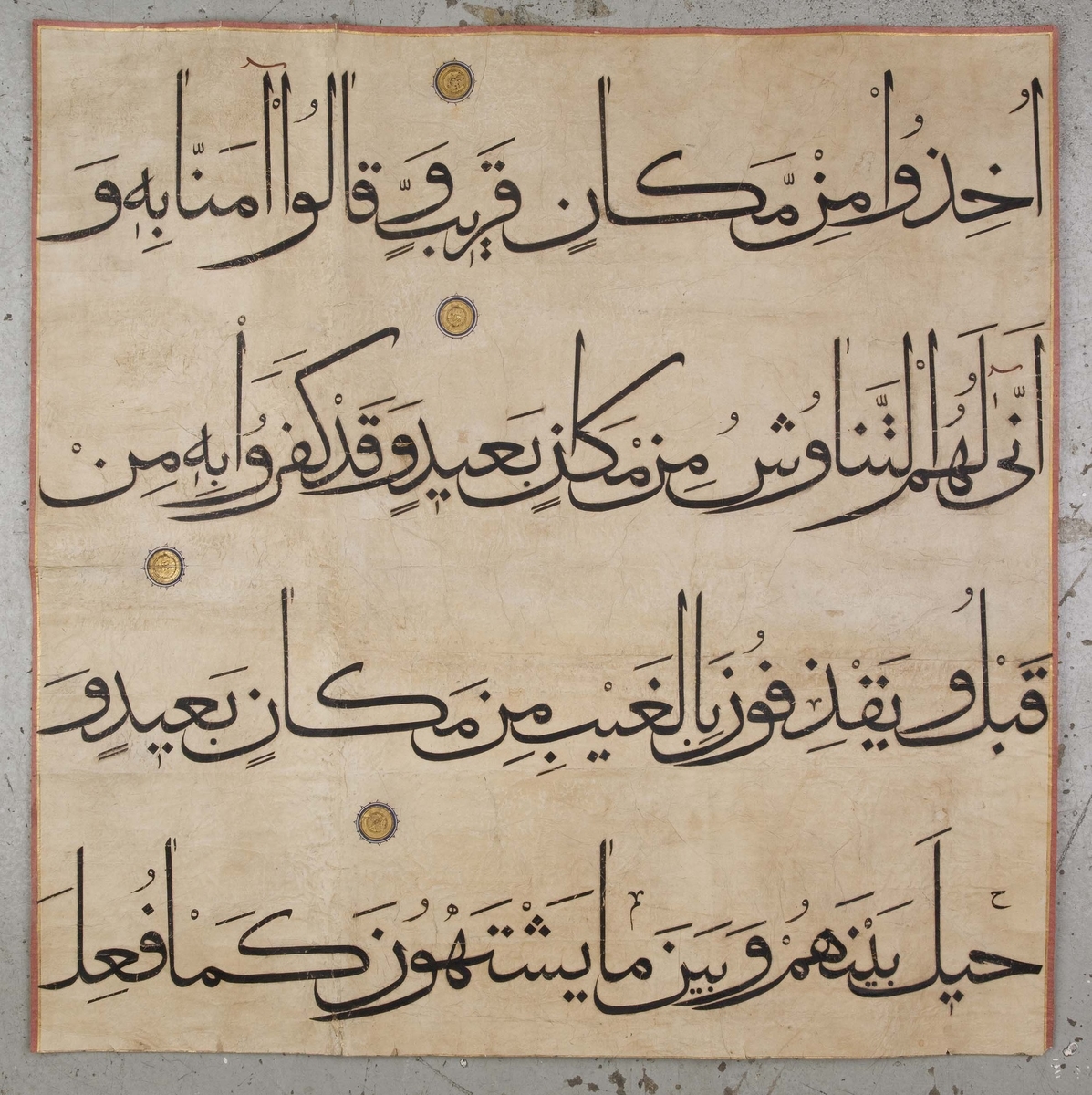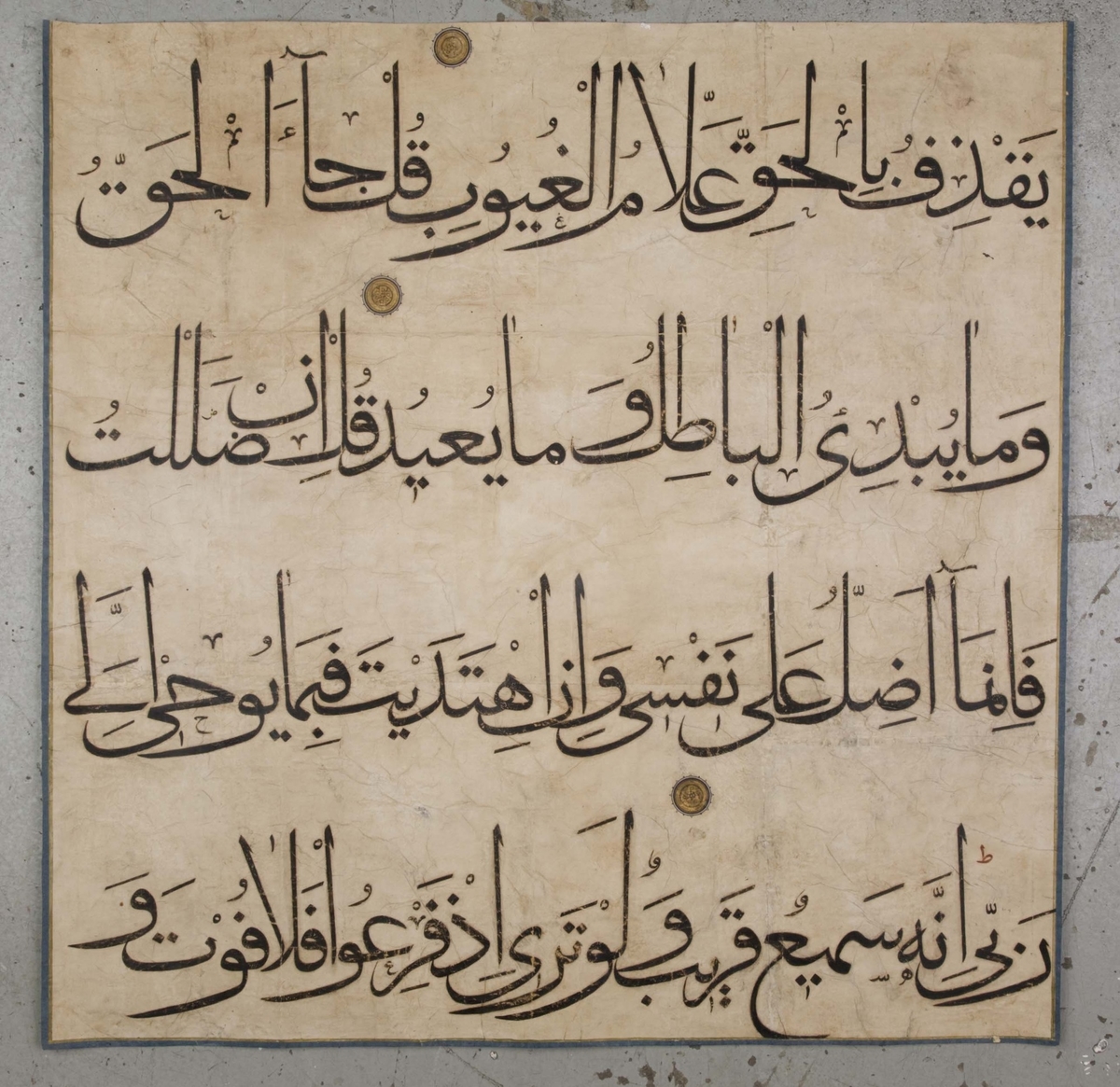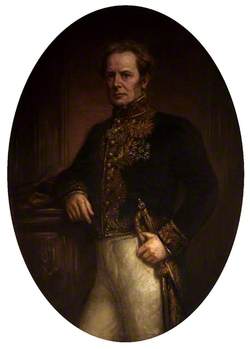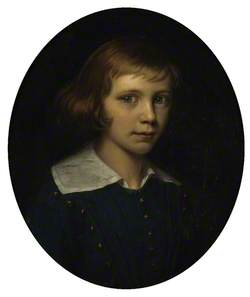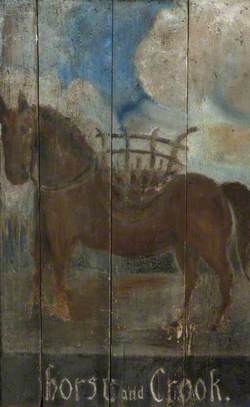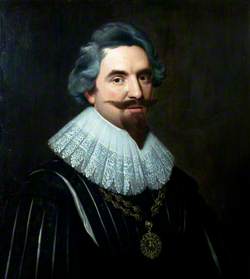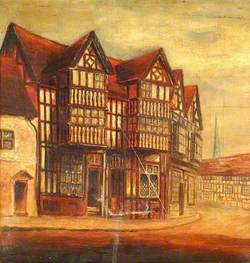How you can use this image
This image can be used for non-commercial research or private study purposes, and other UK exceptions to copyright permitted to users based in the United Kingdom under the Copyright, Designs and Patents Act 1988, as amended and revised. Any other type of use will need to be cleared with the rights holder(s).
Review the copyright credit lines that are located underneath the image, as these indicate who manages the copyright (©) within the artwork, and the photographic rights within the image.
The collection that owns the artwork may have more information on their own website about permitted uses and image licensing options.
Review our guidance pages which explain how you can reuse images, how to credit an image and how to find images in the public domain or with a Creative Commons licence available.
Notes
Add or edit a note on this artwork that only you can see. You can find notes again by going to the ‘Notes’ section of your account.
Text: surah Saba' (XXXIV), verse 46, to surah Fatir (XXXV), verse 1. The text is written in fine muhaqqaq in the same size and style as the line from the 'Baysunqur Qur'an' (see QUR 486) and is similarly written on only one side of the paper. The paper itself, however, is of a type not known before the seventeenth century, and instead of being a single sheet, it is made up of smaller pieces pasted down to a paper base. It is scarcely possible that these pages, and others like it, could have been written in ignorance of the 'Baysunqur Qur'an', some fragments of which are known to have been brought to Tehran in the reign of the Qajar ruler, Nasir al-Din Shah (r.1848–1896). Other fragments are believed to have been rescued from the ruined imamzadah of Shahzadah Ibrahim at Quchan in Khurasan and deposited, sometime around 1912, in the library of the Astan-i Quds at Mashhad.
Title
Two Consecutive Pages from a Very Large Qur'an
Date
c.1880–1920
Medium
ink & gold on paper
Accession number
595
Work type
Drawing
